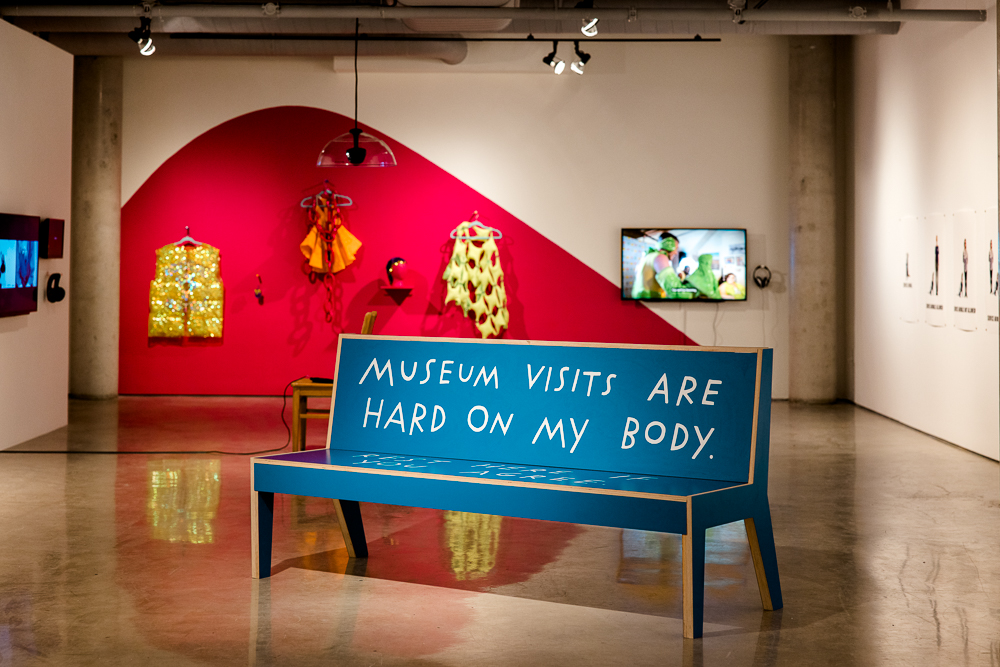Rosemarie Garland-Thomson uses the metaphor of “fitting” and “misfitting” to describe the relationship between bodyminds and their environment. When the “shape and function” of a particular bodymind is supported and sustained by an environment, the two things “fit” (2011, p. 594). When the environment cannot support or sustain a particular bodymind, they become incongruous or disjunct in their union—they are misfits.
The concept of misfitting is important for how it draws our attention to the significance of context as a condition for fitting/misfitting. As Garland-Thomson observes, “When the spatial and temporal context shifts, so does the fit, and with it meanings and consequences” (2011, p. 593). As bodyminds and environments come together in different ways, we might find that we fit in one scenario or setting, only to misfit in another. Mis/fitting is therefore not an inherent or internal feature of bodyminds, but a “critical concept [that] emphasizes location rather than being, the relational rather than the essential” (2011, p. 604).
Further, in specific relation to disability, the concept of misfitting importantly emphasizes the material relation between disabled bodyminds and the environment. Garland-Thomson advances this concept not to refer to “a theoretical generic disabled body” but to identify the ways that disability emerges “as a way of being in an environment, as a material arrangement” (2011, p. 593). As they note, “The utility of the concept of misfit is that it definitively lodges injustice and discrimination in the materiality of the world more than in social attitudes or representational practices, even while it recognizes their mutually constituting entanglement” (2011, p. 593).
Many crip cultural practices emerge as an innovative and imaginative response to disabled people’s experiences of misfitting.

In 2018, artist Shannon Finnegan began designing a series of benches and cushions to be exhibited in galleries and museums, which aimed to draw attention to the lack of seating in these venues. In this work, titled Do You Want Us Here or Not?, the benches are bright blue and have white text written on them with phrases like: “There aren’t enough places to sit around here. Sit if you agree,” and “This exhibition has asked me to stand for too long. Sit if you agree.”
This work draws attention to the ways that different bodyminds “fit” and “misfit” in the environment of the art gallery or museum by playfully (but purposefully) calling out the inaccessibility of cultural spaces and the ways they demand particular modes of engagement that privilege some bodyminds over others. Further, the benches not only provide functional access by offering patrons a space to sit and rest, but also disrupt the usual arrangements of these spaces. In this





